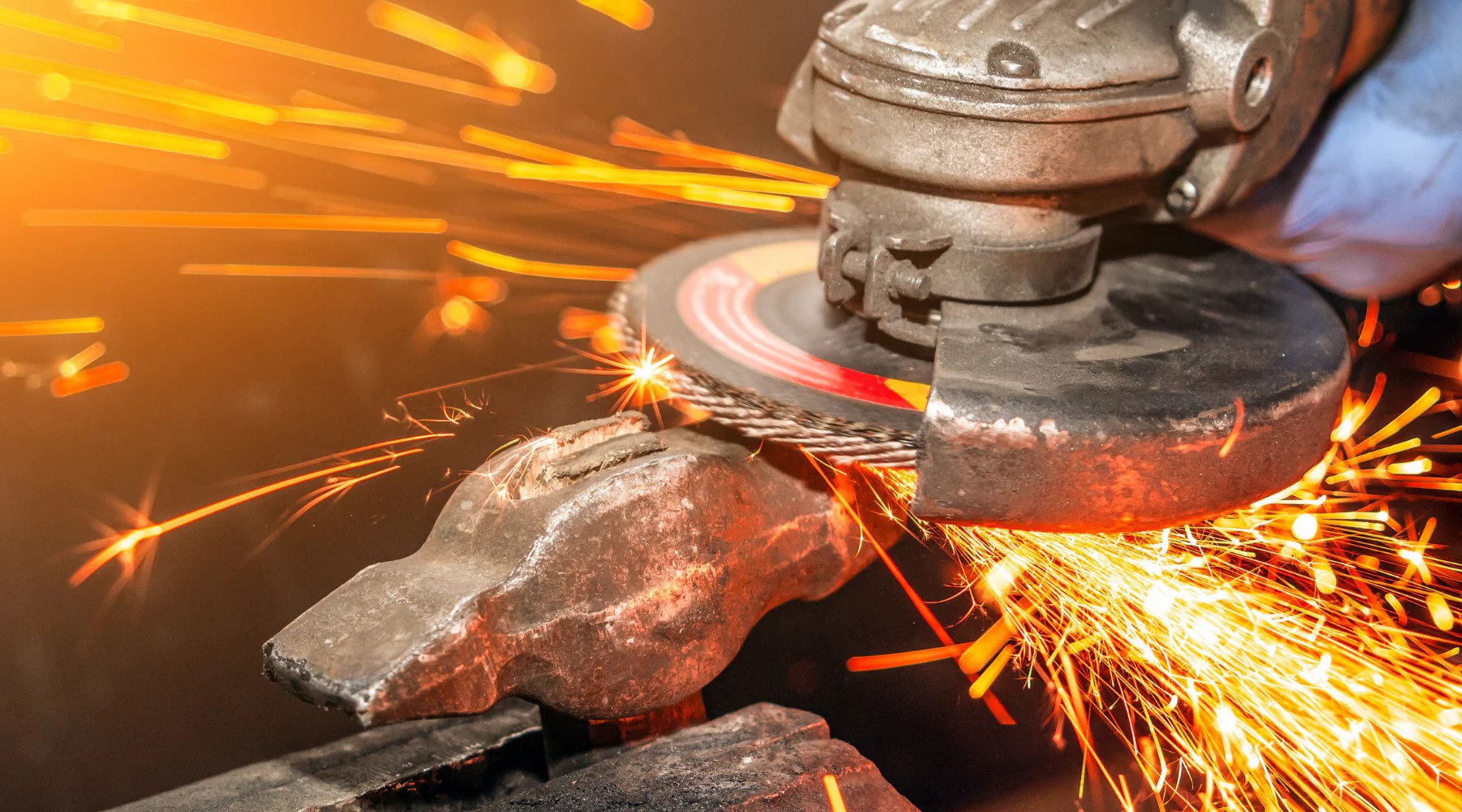Conquering the Hazards of Abrasive Wheels: How Training is Your Best Defense
Abrasive wheels are vital in many industries, from metalworking to construction, but they also come with significant safety risks. Mishandling these tools can lead to severe injuries and accidents. This article delves into the safety risks associated with abrasive wheels and underscores the critical role of proper training in mitigating these hazards.
Understanding the Safety Risks
The nature of abrasive wheels means that they can pose several safety risks, which include:
- Wheel Breakage: An abrasive wheel can shatter during operation, sending shards flying at high speeds, which can cause serious injuries or fatalities.
- Impacts from Debris: Users can be hit by dislodged materials or fragments that the wheel can create during operation.
- Improper Mounting: If a wheel is improperly mounted or not secured, it can lead to uncontrolled spinning or dislodging.
- Inadequate Protective Equipment: Failure to wear proper protective gear, like goggles and face shields, can result in devastating injuries.
- Inexperience and Misuse: Workers who lack knowledge about using abrasive wheels correctly are prone to accidents.
The Importance of Abrasive Wheels Training
Proper training is essential in identifying hazards and learning safe practices when using abrasive wheels. Here's why it matters:
- Skill Development: Training programs teach employees how to operate abrasive wheels safely, focusing on correct techniques to reduce risks.
- Hazard Awareness: Through training, workers learn to recognize potential hazards before they lead to accidents.
- Emergency Response: Training often includes emergency procedures for handling accidents, ensuring that workers know how to react quickly and effectively.
- Compliance with Regulations: Certified training programs ensure that companies comply with safety regulations and standards.
Real-Life Examples of Accidents Prevented by Training
Many workplace accidents can be avoided through proper training. Here are some case studies illustrating this point:
- Case Study 1: At a manufacturing facility in Dublin, a worker was trained in an Abrasive Wheels Course and learned about the importance of checking equipment before use. On a day when an untrained worker operated a machine without oversight, the trained employee spotted unsafe conditions and halted operations, preventing potential injury.
- Case Study 2: A workshop in Cork implemented an Abrasive Wheels Certification program. After completing the training, workers recognized the signs of wheel wear and correctly reported them, which led to timely wheel replacement and avoided potential breakage incidents.
Best Practices for Safe Use of Abrasive Wheels
Implementing best practices in the workplace can greatly minimize the risks associated with abrasive wheels. Here are some recommendations:
- Conduct Risk Assessments: Regular assessment of hazards in the workplace ensures that risks are identified and appropriately managed.
- Perform Safety Inspections: Regular checks of abrasive wheels and equipment can help identify wear and tear early on.
- Use Protective Equipment: Always wear safety goggles, face shields, and other relevant PPE to protect against debris.
- Provide Ongoing Training: Continuous training opportunities ensure that employees stay updated on safety practices and procedures.
- Establish Emergency Procedures: Make sure all employees know the emergency protocols in case of an injury or equipment failure.
Conclusion
The risks associated with abrasive wheels are significant, but through proper training, companies can create a safer work environment. By investing in Certified Abrasive Wheels Training programs, businesses in Dublin, Cork, and Galway can ensure their workers have the skills and knowledge necessary to operate these tools safely.
Don't wait for an accident to happen—enroll in an Abrasive Wheels Safety Course today. For more information, reach out to us at [email protected] to enhance safety in your workplace.



 349,500 Offered Certificates
349,500 Offered Certificates
 24/7 Online Training
24/7 Online Training
 Money Back Guarantee
Money Back Guarantee
 Fully Accredited Courses
Fully Accredited Courses
